Podcast: Play in new window | Download
Subscribe: Apple Podcasts | Email | TuneIn | RSS
This episode Megan & Milena cover craftswoman and mother of modern forensics, Frances Glessner Lee & American oceanographic cartographer Marie Tharp
Frances Glessner Lee
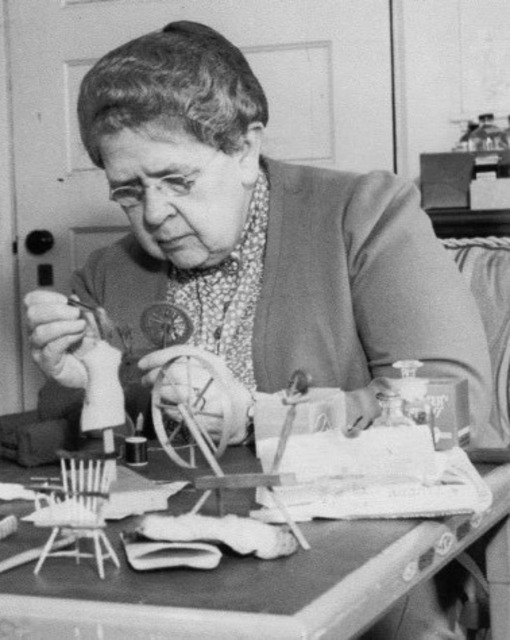
The first of our deaths opens in a two-story house. It’s April of 1948, we’re in the back of the house, where both porches for the middle and top floor have laundry hanging to dry – from the flower pots to the swaying towels, everything is in order, perfectly ordinary – it’s still early in the day, but at the ground below a woman is crumbled and dead.
It’s Annie Morrison, who lived with her husband on the top floor, she is lying face down, a wet rag and wooden cloths pin beside her – the question is, how did she die? This, is where our artist comes into play – Frances Glessner Lee – also known as the mother of forensics.
Frances tasked herself with compiling information on unexplained deaths, like that of our Annie Morrison, and depicting the scenes, in the form…..of dollhouses. Her combination of craftsmanship and scientific investigation resulted a series of dollhouse studies that are still used today to train investigators. This episode we cover how they came about, the skill and dedication that went into them and figure out just how Annie Morrison died.
Selected Work

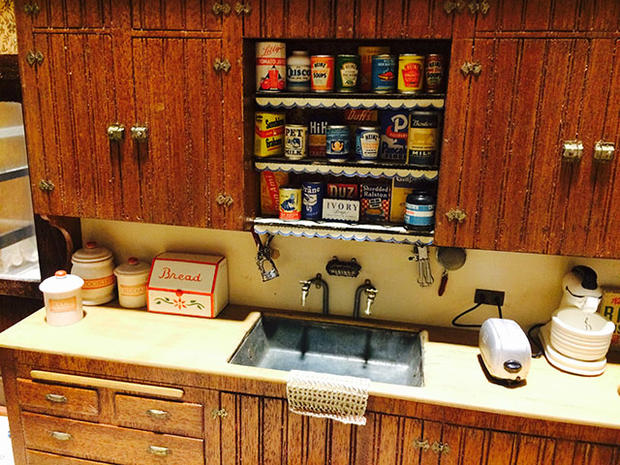
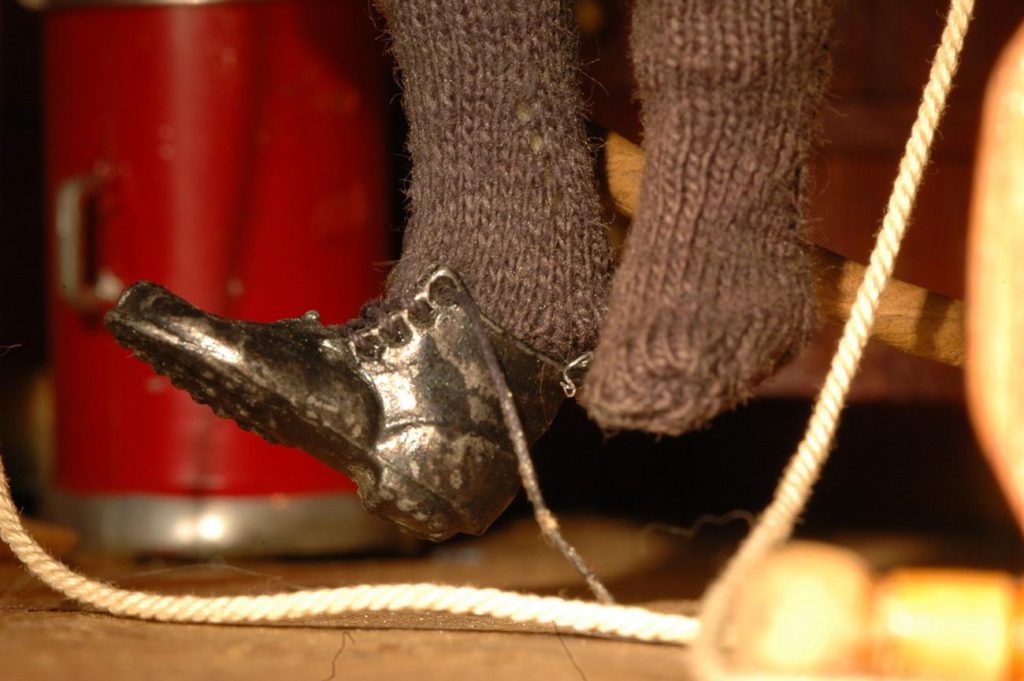
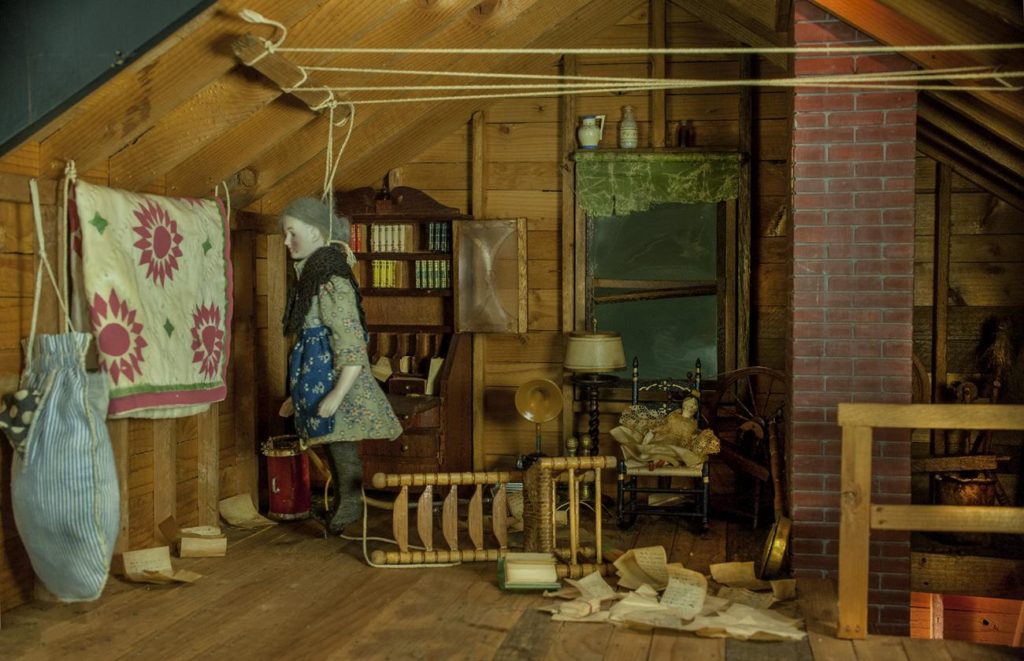
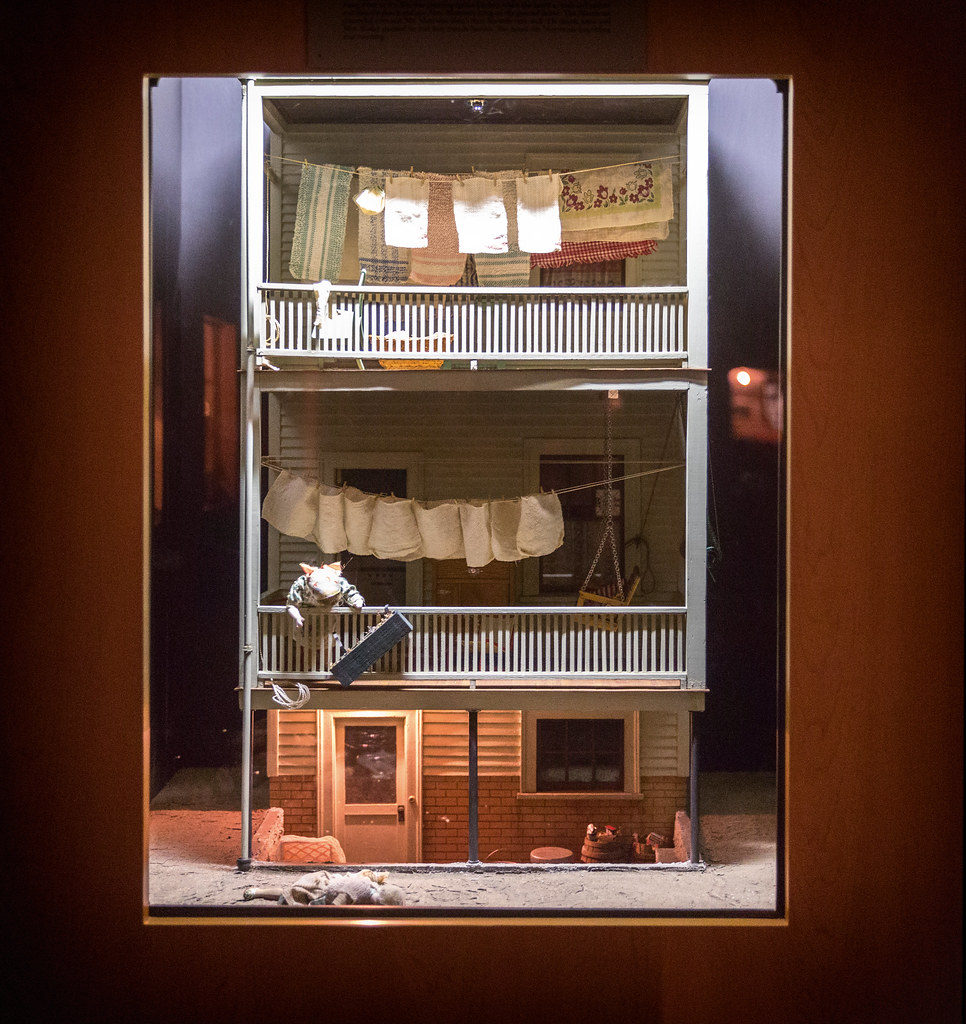
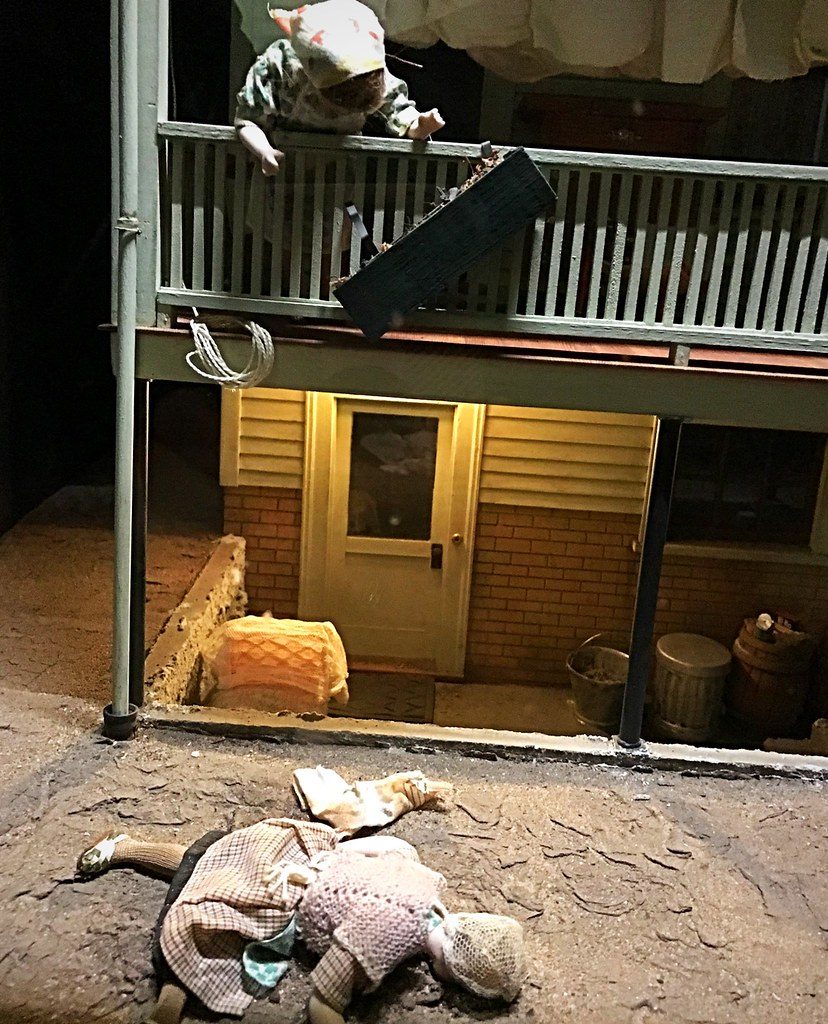
- Blewett Lee – Lawyer and husband, who Frances divorced – also pioneer in aviation law
- Dr. George Burgess Magrath – One of the first Medical Examiners in the United States, family friend to Frances and advocate for forensic science in legal and investigation application
- Department of Legal Medicine at Harvard Medical School – School that Frances funded with her 4 million dollar donation to Harvard, with Dr. Magrath chairing
- Physiognomy – Racist ‘science’ used to peg people criminals based solely on how they looked, precursor to forensic investigation tools
- Narcissa Niblack Thorne – contemporary of Frances who made stunning historical miniature rooms, minus the murder
- Office of the Chief Medical Examiner in Baltimore – where the nutshell studies are kept on display for training
Wanna know more? There’s always a book for that
The Nutshell Studies of Unexplained Death by Corinne May Botz
18 Tiny Deaths: The Untold Story of Frances Glessner Lee and the Invention of Modern Forensics by Bruce Goldfarb
Marie Tharp

Today we celebrate oceanographer, Marie Tharp! Tharp worked between the 1950s and 1980s for Columbia University, painstakingly mapping out the landscape of the ocean floor using only data maps of how long it took seismic sounds to return back to research ships that shot them into the ocean below. Tharp used tens of thousands of data sets, and was able to discover an entire world of valleys and oceans.
It was on this map that she created of the mid-Atlantic ocean that she noticed a large underwater mountain ridge separating entire continents. Tharp had found evidence to help prove the theory of Pangea, the supercontinent that broke apart into the seven that we know now. The theory worked off of the idea that the earth’s plates had shifted because of underground volcanic eruptions, and the shifting of those plates had shifted and pulled land masses apart to create what we know today.
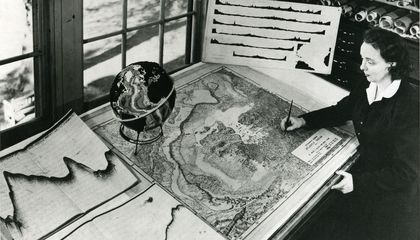
Up until her research, most people thought that the earth expanded and that the undersea landscape was just flat. And people did not believe in the supercontinent theory.
Including her boss, Bruce Heezen. When presented with Marie’s findings, Heezen had written it all off as “Girl Talk” and didn’t really entertain the idea until another man’s research was paired up with Tharp’s….SUPPORTING her work.
Gross, right?
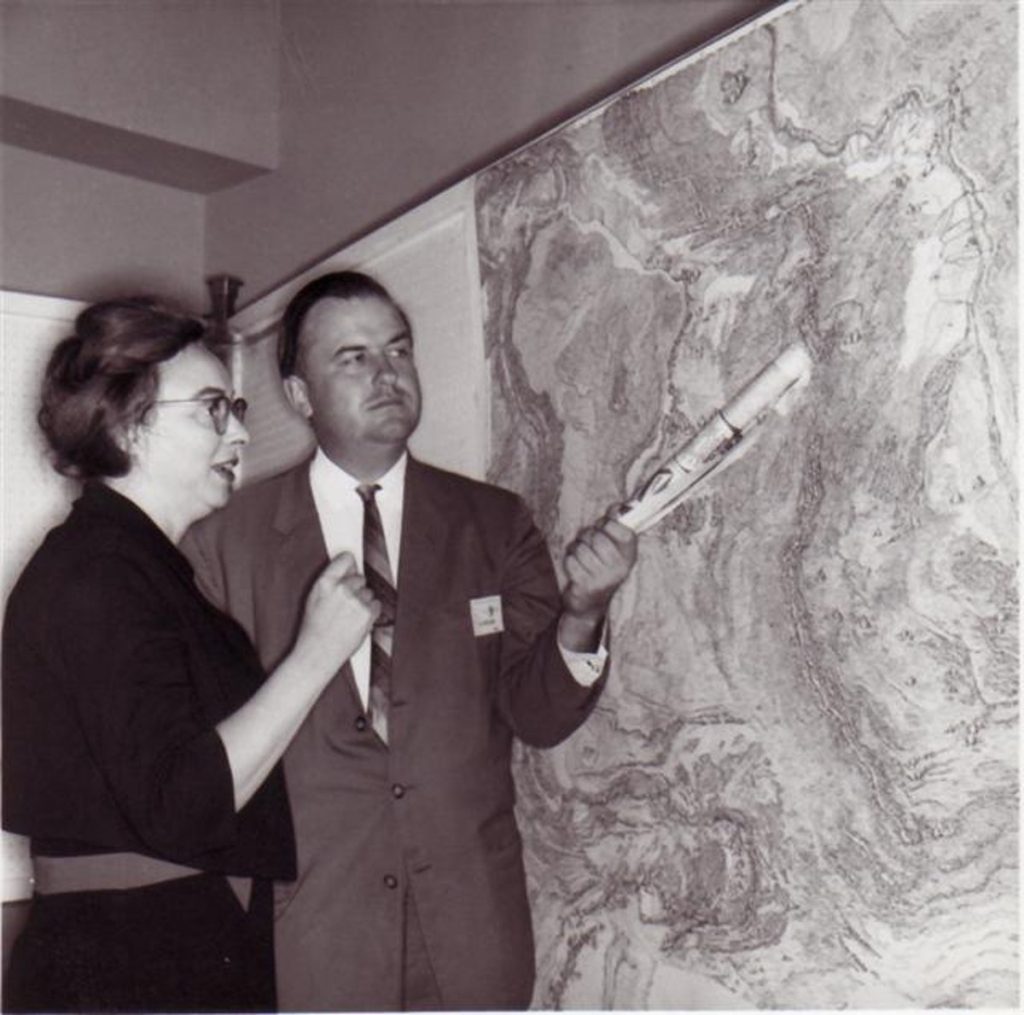
This is Tharp and Heezen. Look at that smug face.
Anyway, Heezen moves for the research of Marie Tharp and Howard Foster to be culminated into one map (see below), creating by Austrian Landscape painter, Heinrich Berann. The map was to be published and presented in 1977…without including Tharp’s name!
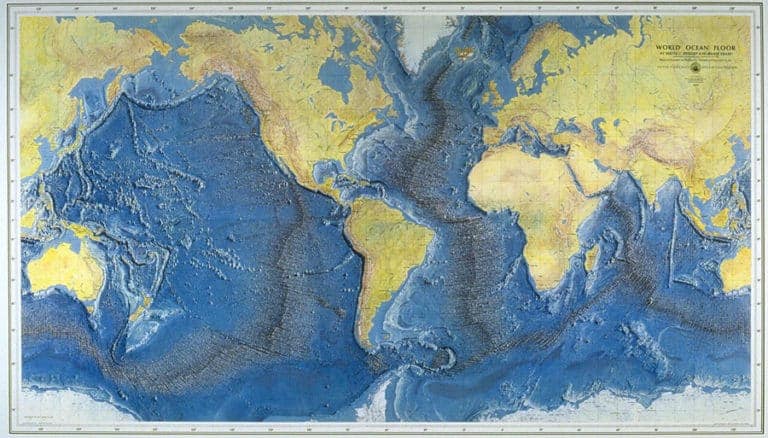
Never fear..some Post Humorous recognition for our Lady of the Sea:
1978- National Geographic Society’s Hubbard Medal
1996- Society of Women Geographer’s Outstanding Achievement Award
1999- Woods Holes Oceanographic Institution’s Mary Sears Woman Pioneer in Oceanography Award
2001- Lamont- Doherty Earth Observatory Heritage Award
2004- Marie Tharp Visiting Fellowship was created to give women the opportunity to work at the Lamont Center at Columbia University.
2009- Google Doodle (Heck yeah)
2013- Hali Felt wrote a Biography on Tharp, titled Soundings: The Story of the Remarkable Woman Who Mapped the Ocean Floor.
2015- The International Astronomical Union named a moon crater after her (WHAT?!)
